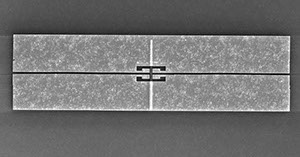
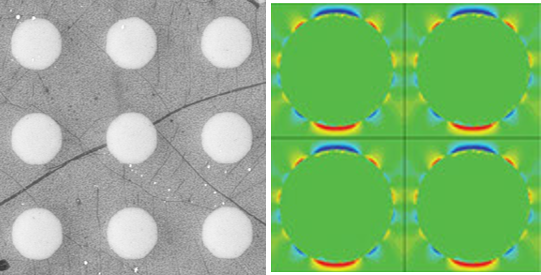
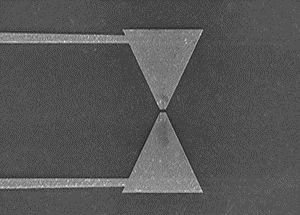
Our current research focuses on advancing a variety of photonic and optoelectronic technologies in the mid-infrared (MIR) and terahertz (THz) spectral regions, to keep expanding the technology frontiers toward more advanced and new functionalities, higher performance, lower cost and smaller footprint. Combining both theoretical and experimental research, we are developing various types of devices/systems operating in these spectral regions, including light sources and photodetectors, tunable plasmonic structures and metamaterials as modulators and switches, chemical sensors and biosensors, novel devices and systems for optical trapping and manipulation ……
To achieve these goals, we are also exploring new materials (2D materials, strongly correlated electron materials, phase change materials) and their heterostructures, novel device operation principles and architectures, as well as advanced device fabrication processes. At the same time, we are also studying the fascinating physics underlying the intriguing properties/characteristics of different materials, engineered micro- and nano-structures and a variety of photonic and optoelectronic devices.
Some of our ongoing research projects are highlighted below.
Graphene has in recent years emerged as an attractive material for plasmonics in the MIR to THz spectral range, thanks to graphene’s large tunability of carrier density and high carrier mobility. Graphene nanostructures can support frequency-agile plasmonic resonance modes with relatively long lifetime and exceedingly high field confinement and enhancement in the MIR to THz region, which can in turn drastically enhance light-matter interactions underlying the operation of various photonic and optoelectronic devices. We are exploring novel approaches to synergistically combine graphene plasmonics with other materials, heterostructures and devices, to realize unconventional hybrid photonic and optoelectronic devices with new functionalities and/or improved performances. Examples include high-speed optical modulators, photodetectors with tunable spectral response, and light/plasmon sources powered by intersubband transitions in semiconductor quantum wells.
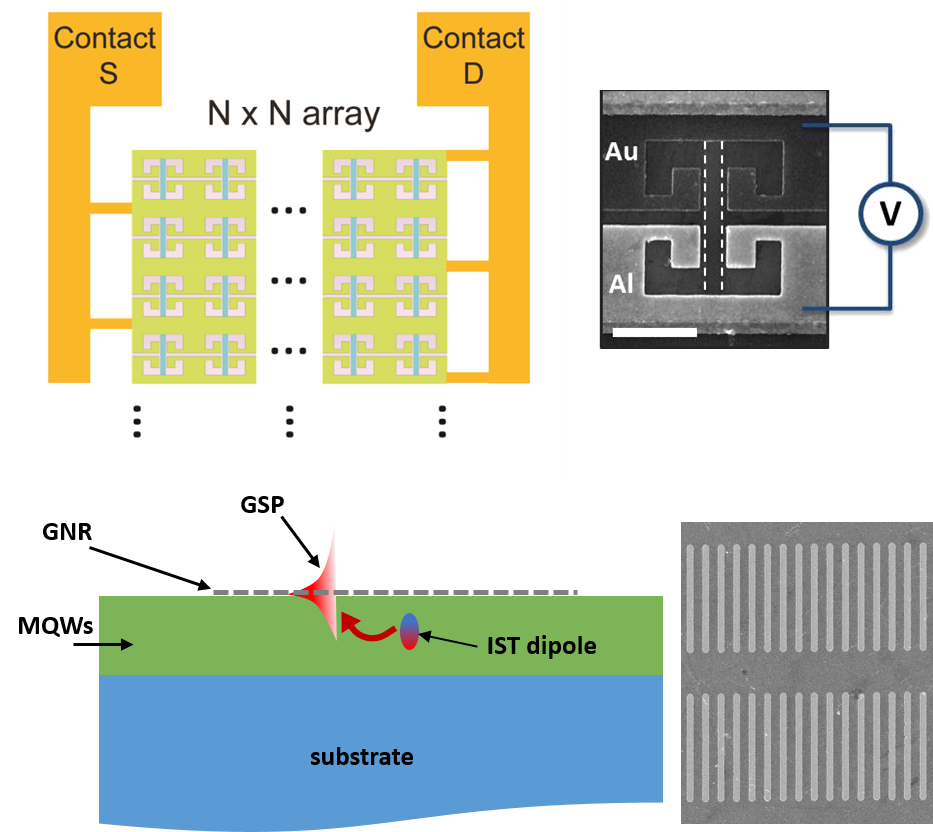
The MIR to THz spectral range hosts the strongest rotational-vibrational molecular absorption lines, which are essentially “fingerprints” of countless molecular species. Optically probing these molecular absorption lines can achieve fast detection/sensing of trace amount of target analytes with superior sensitivity and specificity, and a wide range of applications such as medical diagnostics, environmental sensing and industrial process control. We are exploring new materials, device designs and fabrication processes to develop high-performance MIR and THz optical biosensors and chemical sensors for various applications. One of our key approaches is to develop nanophotonic structures that not only have sensing hot spots featuring extreme field enhancement, but also facilitate the delivery of target analytes into these sensing hot spots.
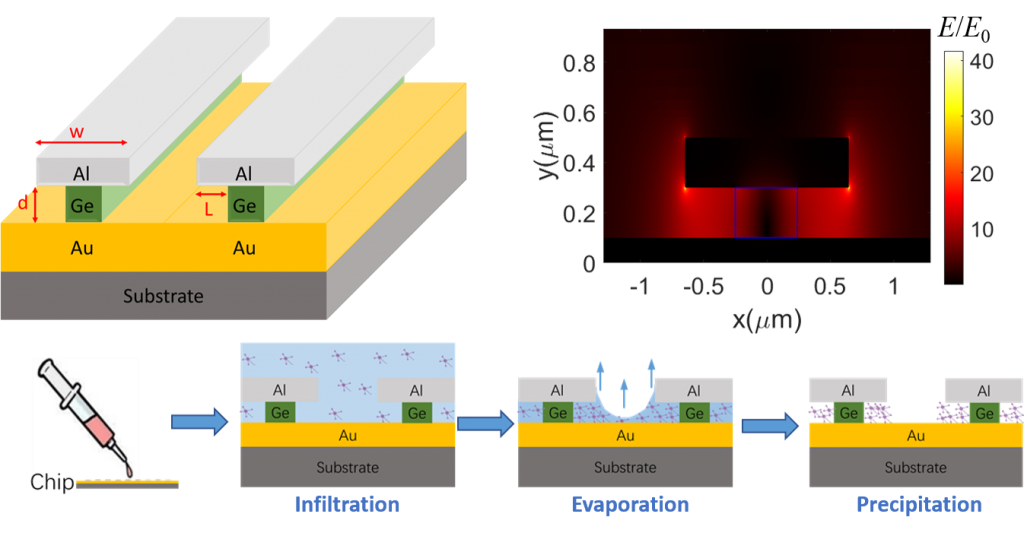
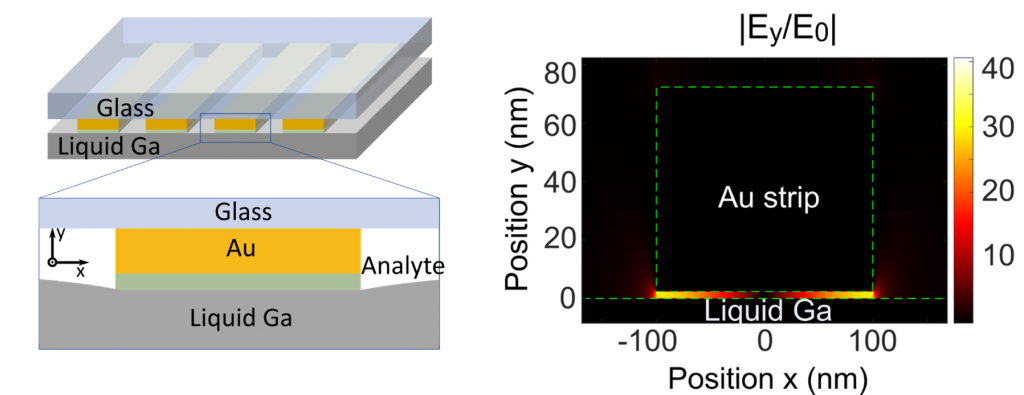
Optical forces exerted by light on microscopic objects can be exploited for trapping and precisely manipulating individual microscopic objects without any physical contact, providing numerous crucial advantages over other techniques. However, conventional optical tweezers and metal-based plasmonic tweezers have their respective fundamental limitations in terms of trapping efficiency, functionality and/or operation complexity. In addition, their operations are usually based on visible or near-infrared light excitation, which has relatively large photon energy that may lead to photo-ionization/photobleaching issues for the trapped objects. To address the limitations of conventional devices and approaches and to realize new system functionalities based on optical forces, we are developing a new platform for optical trapping and manipulation of nanoscale objects employing tunable graphene plasmonic structures and MIR excitation sources. For example, an electrically controlled plasmonic conveyor belt network based on gate-tunable graphene nanoribbons (see figure) can be realized for simultaneous and independent trapping and manipulation of multiple nanoscale objects. The utilization of MIR excitation sources also facilitates direct combination of optical trapping and manipulation with various IR spectroscopy techniques to create new functionalities.
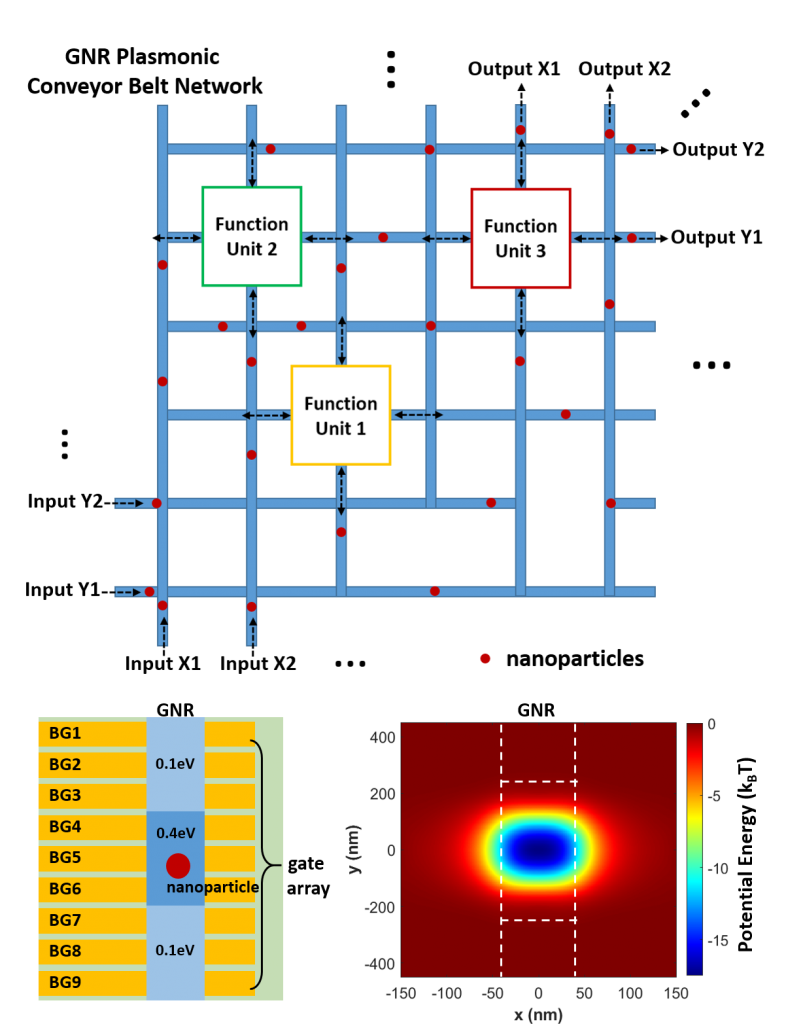

National Science Foundation

NIH/NCI
 Air Force Research Laboratory
Air Force Research Laboratory

Office of Naval Research
